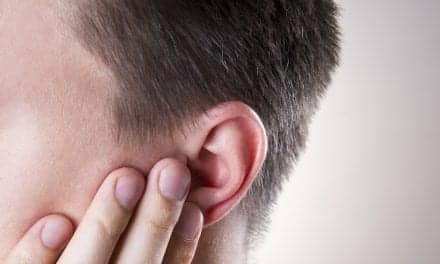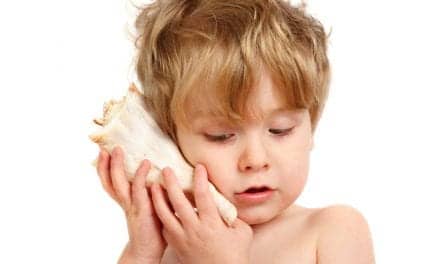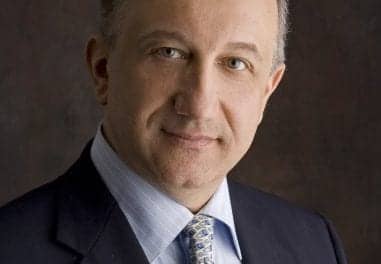Hearing loss is the most common birth defect found in newborns; and approximately 15% of school-aged children in the US suffer from hearing loss. The inner ear contains tiny hair cells that send electric signals up the auditory nerve to the brain. The brain then interprets these electrical signals as sound. Damage to these hair cells can result in sensorineural hearing loss (SNHL).

In the last 25 years, cord blood stems cells have been used in the treatment of more than 80 conditions, including various cancers, blood disorders, immune deficiencies, and metabolic diseases. Researchers believe these pristine stem cells may have the potential to repair some of the damage to inner ear function that leads to acquired hearing loss.
With this potential in mind, Florida Hospital for Children in Orlando is conducting a new US Food and Drug (FDA)-approved study of the use of cord blood stem cells in the treatment of acquired SNHL. The study is sponsored by Cord Blood Registry® (CBR®), the world’s largest private newborn stem cell bank.
This trial is representative of a series of investigations by research institutions into how umbilical cord stem cells may advance a spectrum of regenerative medicine. The research is aimed at understanding how stem cells from umbilical cord blood or tissue impact the body’s ability to regenerate and repair damaged tissue. The results of this study and others may spur a new era in treating common neurological conditions impacting children and adults.
For additional reading, click here




